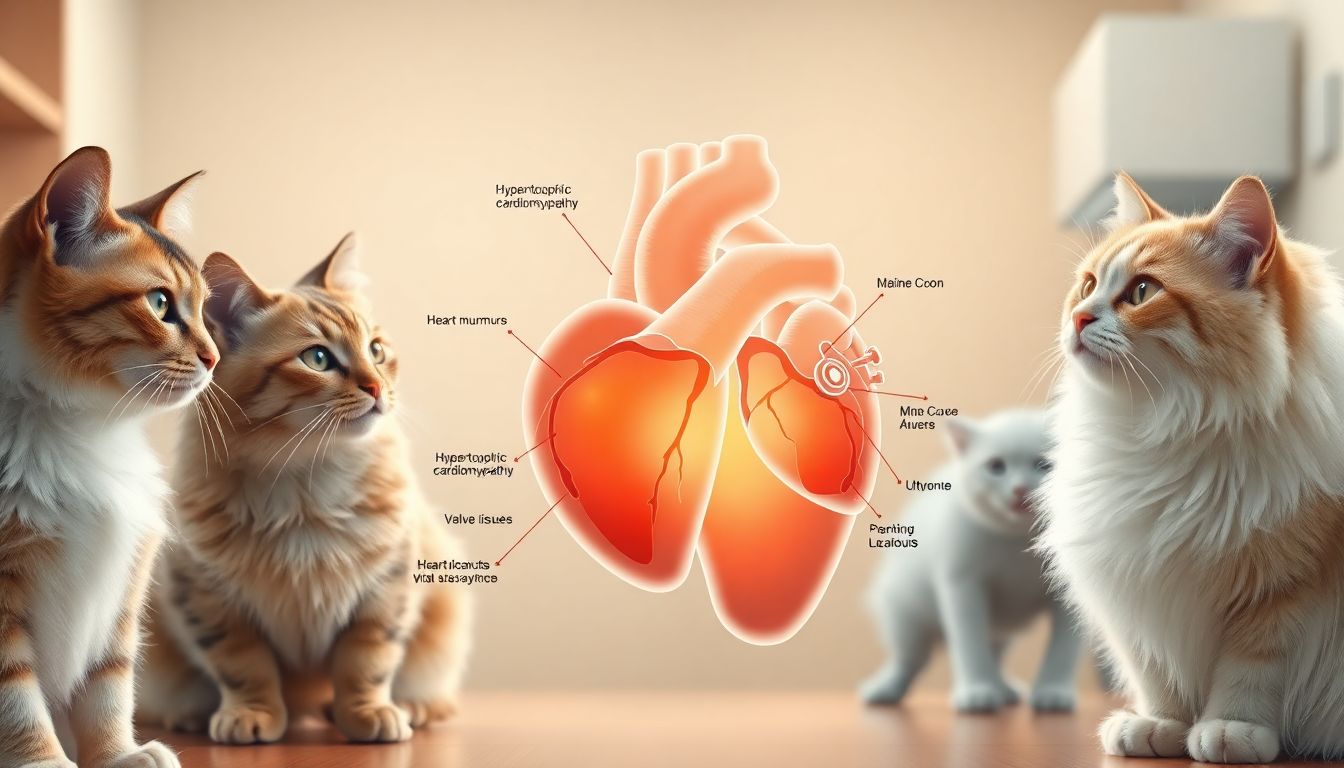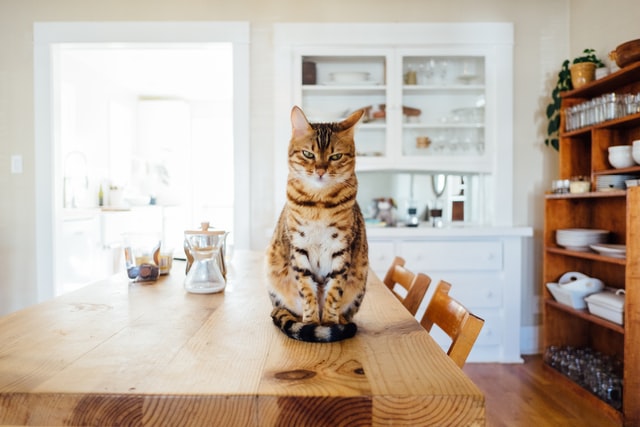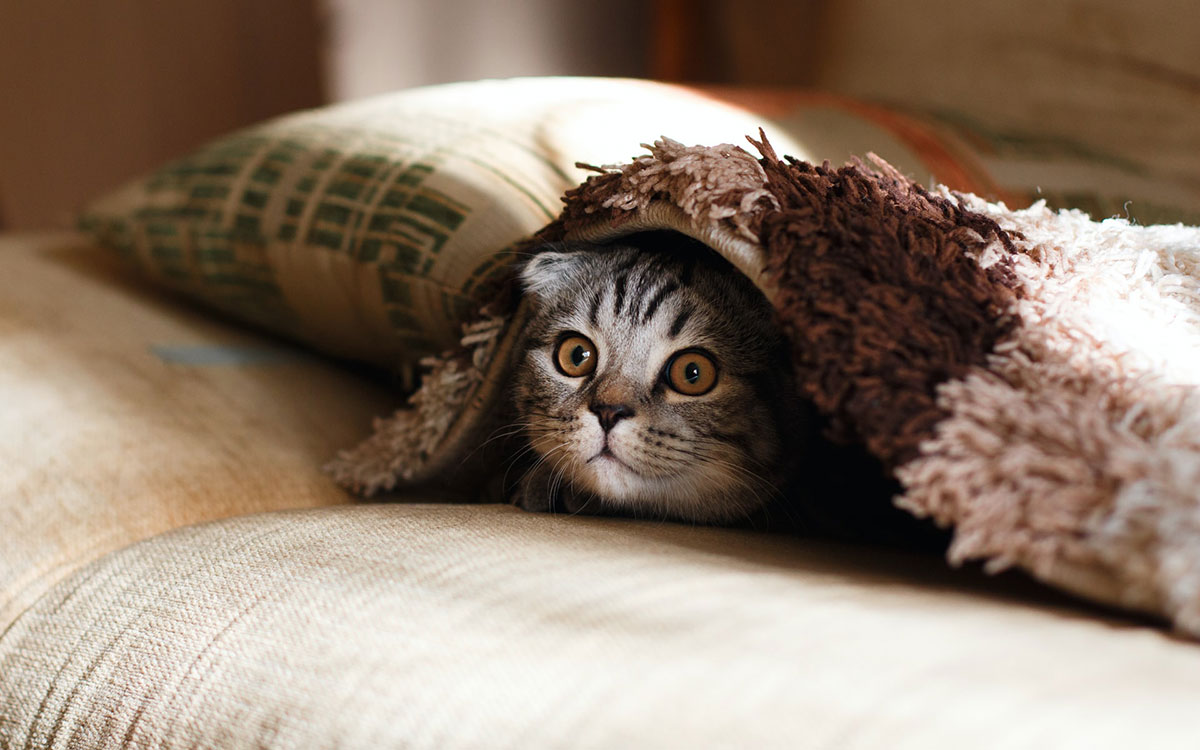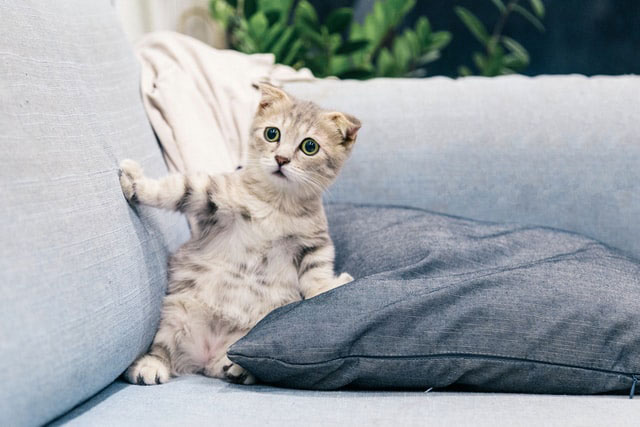Introduction
Did you know that heart diseases are one of the ailments that cats are commonly suffering from? This kind of disease can silently affect the quality of life and even shorten the lifespan of these pets. As a pet owner, if at an early stage you can see some alarming signs, then you will make a big difference. Knowing different types in feline heart diseases helps act sooner than later. This article will introduce the major categories of cat heart disease, signs to look for, and how the vets diagnose and treat these conditions.
What Is Feline Heart Disease? An Overview
Heart disease can affect any disturbance in the proper functioning of the heart in cats. It may cause a weakening of the heart muscle, abnormal rhythms, or accumulation of peripheral fluids. Studies indicate up to 10% of felines over 10 years develop a form of heart disease. Maine Coons and Ragdolls are increasingly susceptible. Older cats and those with a genetic tendency for the disease are at higher risk. Lifestyle factors, such as diet and how active cats are, may also play a part.
Main Types of Cat Heart Disease
Dilated Cardiomyopathy (DCM)
This condition causes increased difficulty in pumping blood. Earlier studies related this condition to taurine deficiency, an important but missed amino acid for cats. Now most of the cases seem to be due to genetics or breed predisposition. Signs include lethargy, coughing, and a labored breath pattern. Diagnosis of DCM is done through an echocardiogram, which assesses the size and strength of the heart muscle.
Hypertrophic Cardiomyopathy (HCM)
HCM causes the heart muscle, particularly the walls of the ventricles, to thicken, effectively blocking blood flow and resulting in deficient oxygenation to the body. Symptoms often present suddenly, such as rapid breathing, fainting, and possibly sudden collapse. Vets usually check for HCM by auscultation, but confirmation is done by echocardiography.
Restrictive Cardiomyopathy (RCM)
RCM is a condition in which the heart walls stiffen, preventing the chambers from appropriately filling with blood. It’s uncommon and often genetic or secondarily situational, such as caused by systemic illness. Signs include lethargy, breathing difficulties, and some retention of fluids. Diagnosis involves echocardiography and blood tests to identify any underlying conditions.
Some Rare Heart Conditions
- Arrhythmias: Irregular heartbeat patterns may result in fainting or weakness.
- Endocarditis: Infection of the inner lining of the heart, commonly affecting valves. Symptoms include fever and lack of appetite.
- Congenital Heart Defects: Birth anomalies characterized by holes in the heart, typically diagnosed early in life.
Particular Signs to Watch for and Know When to Visit a Vet
Any cat that starts coughing, has trouble breathing, appears unusually lethargic, or suddenly collapses should immediately be taken to the vet. Most of the time, symptoms tend to be minor at first but can rapidly worsen. Catching the disease early will save lives and treatment will become easier. Regular veterinary check-ups can also flag these problems before they become serious, especially in breeds that have a known susceptibility to heart problems. These small changes in your cat’s behavior or condition shouldn’t be ignored.
Diagnostic Tools and Tests for Cat Heart Disease
To identify the condition, the veterinarian utilizes a variety of methods:
- Echocardiography: Visualization of the heart’s size, structure, and function to identify the type of heart disease.
- Chest X-Rays: Used to determine the size of the heart and presence of fluid within the lungs.
- Electrocardiograms (ECG): Detects abnormal rhythms in the heart.
- Blood Tests & Biomarkers: Newer tests that may help detect heart issues at early stages and identify their severity.
The Treatment Options and Management Strategies
Management of feline heart disease depends on the type and severity. Common treatments include:
- Medication: Diuretics to help eliminate excess fluid, beta-blockers to reduce the heart’s workload, and ACE-inhibitors to relax blood vessels.
- Lifestyle Changes: Adjust the diet, restrict activity, and provide a calm environment.
- Monitoring: Regular vet visits, repeat testing, and owner vigilance are essential for catching changes early.
- Surgical Options: In very few cases, surgical intervention or device placement may be required.
Preventative Measures and Pet Owner Tips
Prevention starts with responsible breeding and is especially critical for breeds that are at higher risk. Some breeders test for inherited conditions to reduce the occurrence of inherited heart diseases. Proper nutrition, including taurine supplementation if necessary, can help. Regular checkups are advisable, especially for high-risk breeds. Recognizing the earliest signs and acting quickly can make a significant difference in how well your cat does.
Conclusion
Early recognition of symptoms, a good relationship with your vet, and regular check-ups can play an important role in improving your cat’s quality of life. Staying informed and proactive is the best way to protect your feline friend. If you notice any strange behavior or changes in health, act quickly to seek veterinary attention. Your quick response will save your cat’s life.









